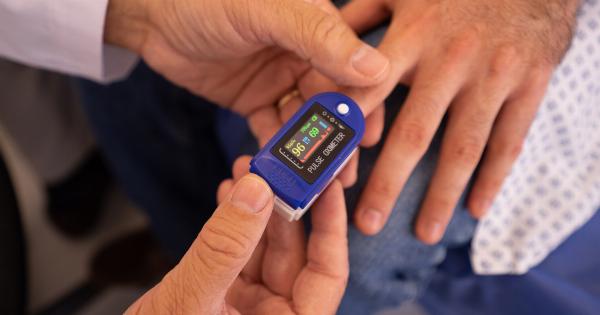Our legs play a vital role in our daily lives, allowing us to move, walk, and engage in various activities. However, many individuals often experience the uncomfortable sensation of having cold legs, which can be quite distressing.
While occasional coldness in the legs may not be a cause for concern, persistent cold legs can indicate an underlying health issue that requires attention. In this article, we will explore the four most frequent causes of cold legs and discuss their symptoms, diagnosis, and potential treatment options.
1. Poor Circulation
Poor circulation is one of the leading causes of cold legs. When the blood vessels in the legs are unable to adequately circulate blood, it can result in reduced blood flow and cold sensations.
Common conditions associated with poor circulation include peripheral artery disease (PAD), diabetes, and Raynaud’s disease.
Symptoms of poor circulation in the legs include coldness, numbness, tingling, and muscle cramps. Diagnosis typically involves a physical examination, along with tests such as ankle-brachial index (ABI) testing, ultrasound, and blood tests.
Treatment options may include lifestyle changes, medication, and in severe cases, surgery.
2. Nerve Damage
Nerve damage can also cause cold legs, especially in individuals with conditions such as peripheral neuropathy or multiple sclerosis.
Nerves play a crucial role in regulating temperature sensations, so when they are damaged or impaired, the legs may feel perpetually cold.
Common symptoms of nerve damage include coldness, numbness, weakness, and a prickling or burning sensation.
Diagnosis typically involves a thorough neurological examination, along with additional tests such as nerve conduction studies or electromyography. Treating the underlying cause or managing symptoms through medications or physical therapy can help alleviate coldness in the legs.
3. Hypothyroidism
Hypothyroidism, a condition characterized by an underactive thyroid gland, can lead to various symptoms, including cold legs.
The thyroid gland plays a vital role in regulating metabolism and body temperature, so when it is not functioning properly, individuals may experience cold extremities.
Symptoms of hypothyroidism include coldness, fatigue, weight gain, dry skin, and hair loss. Diagnosis involves blood tests to check thyroid hormone levels.
Treatment typically includes thyroid hormone replacement therapy, which helps regulate hormonal levels and relieves coldness and other associated symptoms.
4. Peripheral Artery Disease (PAD)
Peripheral artery disease, a condition characterized by the narrowing of blood vessels that supply blood to the legs, is another common cause of cold legs.
The reduced blood flow to the legs can result in coldness, along with symptoms such as pain, cramping, and muscle weakness.
Diagnosis of PAD often involves a physical examination, along with additional tests such as ankle-brachial index (ABI) testing, Doppler ultrasound, or angiography.
Lifestyle changes, medications to manage blood pressure and cholesterol levels, exercise programs, and in severe cases, surgical interventions such as angioplasty or bypass surgery may be recommended.
Conclusion
Cold legs can be uncomfortable and concerning, particularly when the sensation persists.
Understanding the underlying causes, such as poor circulation, nerve damage, hypothyroidism, and peripheral artery disease, can help individuals seek appropriate diagnosis and treatment. It is crucial to consult with a healthcare professional to determine the exact cause and develop an effective treatment plan for relief.




























